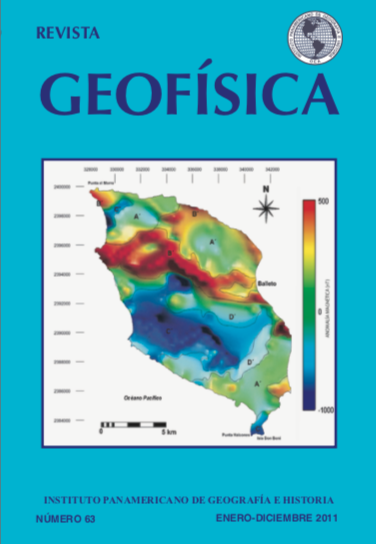Investigaciones gravimétricas en Isla de Pascua, Chile
Main Article Content
Abstract
Gravimetric data taken from the largest volcanic island in Chile were analyzed and interpreted together with geological and geochronological data with the goal of defining the structural patterns of the island.
In the interpretation two important positive anomalies were defined in connec- tion with the eruptive centers of Poike and Rano-Kau. Said centers evidence similar 14mGal anomalies at both ends of the island, separated by a distance of 14km.
The anomalous centers coincide with ancient basaltic rock according to radio- metric information that indicates high densities. From the aforementioned observa- tions it can be postulated that, in the beginning, Easter Island was formed by the Poike and Rano-Kau volcanic centers. Its lava flows have differential densities which confirm significant fissures in the central zone where the Maunga-Terevaka volcanic centers are located. This structure coincides with a large negative anomaly which leads to the belief that the central part of the island, in the SE-NW direction, could consist of lower density rock from lava flows from the Poike and Rano-Kau volcanic centers.
Downloads
Article Details
-
Abstract897
-
PDF (Español)717

